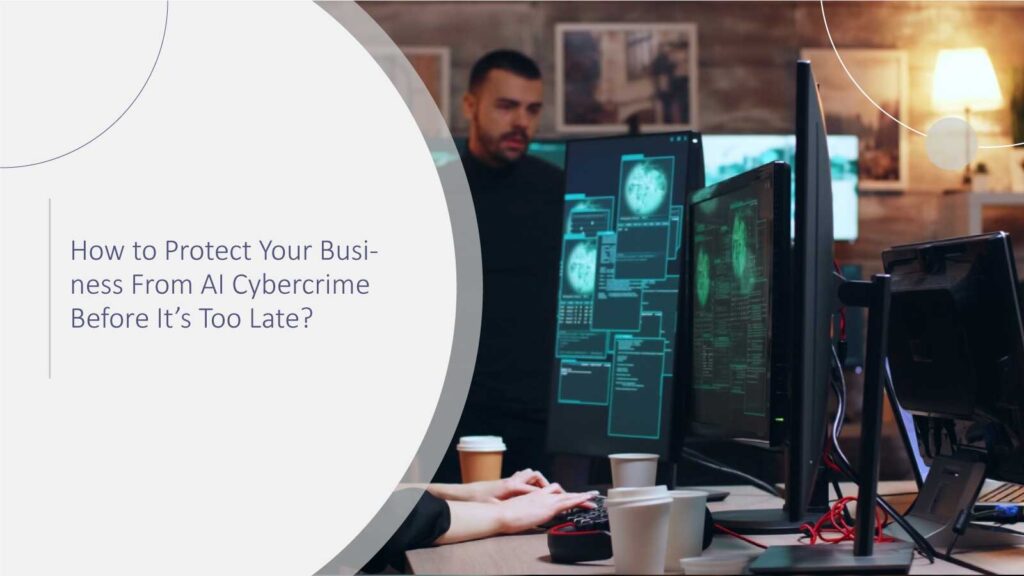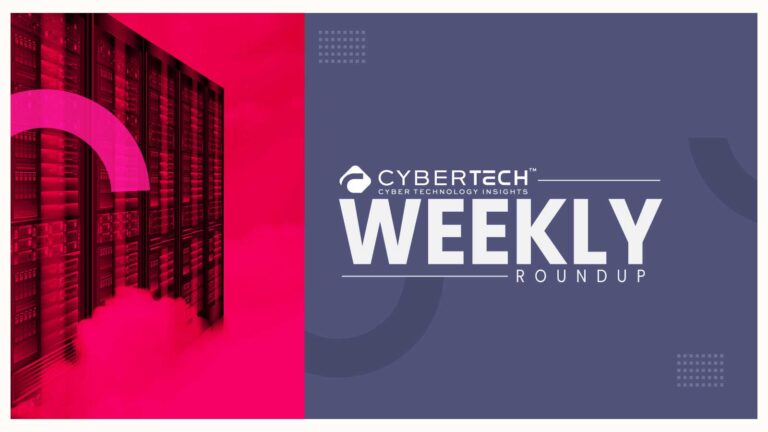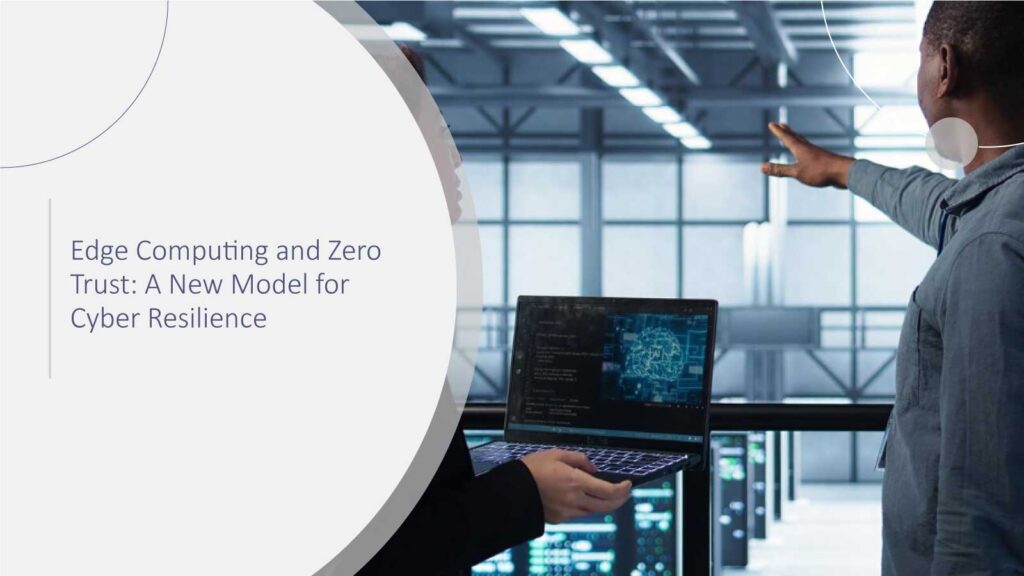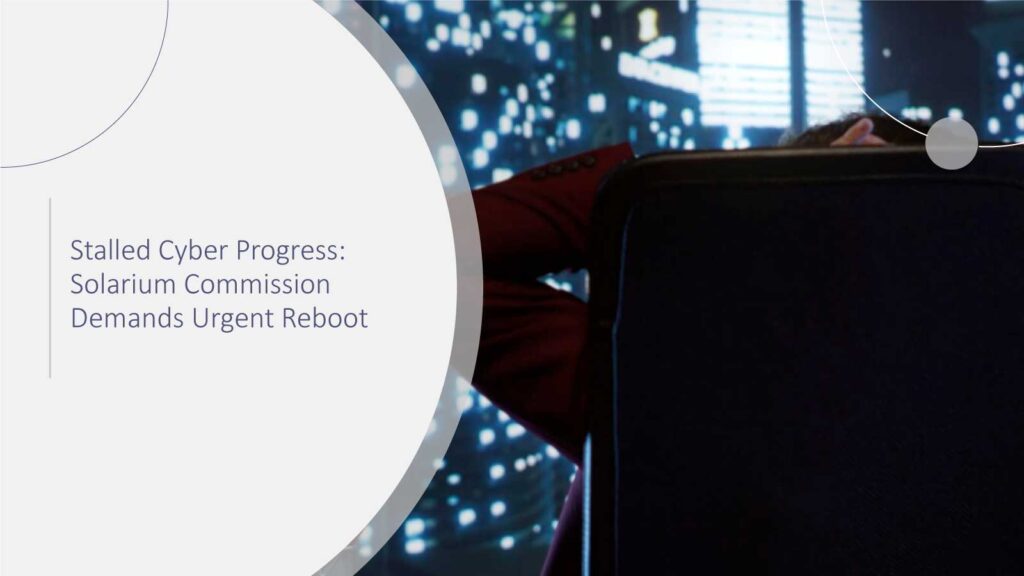AI technology has stopped being only an innovative tool and is now frequently mentioned as a double-edged sword. One of the distinctions, AI is used by companies for the automation of processes, the simplification of business, and finding new strategic opportunities. While on the other side, the same technology is exploited by cybercriminals to complete their work more rapidly, more intelligently, and on a scale that they have never done before. Protecting your business from AI cybercrime has therefore become a critical priority. The results? Systems that have been taken over, data that has been stolen, and money that has been lost, which can have a chain effect on the whole organization’s reputation. According to Gartner, 29% of organizations were targeted by AI-enabled cyberattacks in the past year, with deepfake scams and AI-assisted phishing among the most frequent and damaging attacks.
On the basis of a report, IT leaders claim that the security measures that they have in place can’t overcome hacking challenges that AI drives. Meanwhile, according to Gartner data, 29% of the organizations were the victims of AI-facilitated cyberattacks over the previous year, the most common and severe types of attacks being deepfake and AI-assisted phishing. To cut a long story short, AI cybercrime is no longer a thing of the future, but it is already present, and the results are not easy.
Concepts of AI Cybercrime
AI-powered criminal cyber refers to the activities that are done with the use of malicious software that is massively combined with intelligent machines like AI to simplify, 3-D print, and 10X transform attacks. In fact, artificial intelligence is not an exception to hacking since it can do the same things that include finding weak spots, make characters for communication, and even learning from its mistakes to make the next one successful.
Imagine a human who is a hacker and can send no more than a few hundred phishing emails every day. Comparatively, an AI system would be capable of sending hundreds of thousands of emails in the same time period. Moreover, each email could be customized according to the habits, job, and communication style of an employee. A way to put it is comparing a Formula 1 car to a race against bicycles. McKinsey research suggests that AI can automate tasks at 10-100x the rate of humans, enabling attackers to execute thousands of phishing campaigns simultaneously with personalized content.
AI Cybercrime Tactics
AI-Powered Phishing and Social Engineering
AI can create one-to-one phishing emails that are just like the ones that a person would create; however, it is very hard, even for the most extremely good, to find the difference from the real ones. Thus, even highly trained employees are prone to the trap. According to Forrester, personalized AI-driven phishing campaigns have a 2–3x higher success rate than traditional attacks.
Deepfake Scams
One kind of AI-generated deepfakes is the audio deepfakes, where unbelievable voices are made to imitate the executives during phone calls, and the changed videos that instantly request emergency fund transfers. These are only some instances of AI-generated deepfakes presently being utilized in financial deception or spying activities. Gartner predicts that by 2026, deepfake-based fraud could lead to over $250 million in global financial losses annually.
Automated Malware and Ransomware
AI-enhanced malware can do the following things: identify the weak parts of the victim’s network, alter the features of the virus, and spread the virus without any human assistance. Some AI-powered ransomware even sets the hijacking amount depending on the target’s financial situation.
Credential Stuffing and Identity Attacks
Without going through the security gates of traditional methods, AI-powered breached data is used to guess the weakest passwords and hack securely encrypted systems in a matter of seconds.
In addition to that, companies should be very much aware of not only the above-mentioned moves of the hacker but also of the fact that they have a very clever adversary who is constantly adapting and improving. The question business leaders should be asking is not if they will be victims of an attack but when these attacks will occur.
Why Traditional Cybersecurity Isn’t Enough
Numerous organizations still depend a lot on traditional tactics that include: firewalls, signature-based antivirus systems, and routine monitoring. Even though these are still significant, AI-powered threats require the protection to be dynamic and adaptable.
For instance, a traditional filter may prevent standard phishing emails from reaching the users, but with the help of AI phishing, it changes continuously during the communication, trying to figure out more effective words, subject lines, and sending times, and therefore, a higher quality of making connections. By the time a conventional system reacts, the damage may already be extensive.
Besides that, AI can completely escape the watchfulness of a human by mastering employee habits. In case one move doesn’t succeed, the AI adjusts itself, targeting the next employee with more accuracy. Companies need cybersecurity that is equally intelligent, quick, and forward-thinking.
A McKinsey survey of 500 CIOs revealed that 62% believe their current security protocols cannot detect or respond effectively to AI-driven attacks.
Proactive Measures to Protect Your Business
What is the way for companies to be ahead of AI cybercrime? It is to use people, technology, and processes in a mix.
1. Integrate AI-Powered Cybersecurity Tools
AI can be used to fight AI, which is a paradox, but in reality, it is a necessity. AI-powered tools cano:
- Analyzing huge datasets in real-time to uncover unusual cases.
- Locating abnormalities within the entire network that have been hidden for a while.
- Automating some of the security, such as when an infected device is isolated without human intervention.
For example, there are various companies like Palo Alto Networks and Fortinet that have already brought to the market products that combine AI to predict upcoming threats and hence stop the attacker before the attack escalates. AI is not meant to substitute humans but to multiply their efforts, thereby giving room for speedy and accurate responses.
2. Continuous Employee Training
People in the enterprise are still the ultimate weak link. Even if AI implementations are perfect, human mistakes will always be there in cases when employees lack the necessary level of awareness with respect to potential risks. Gartner reports that companies implementing AI-focused security training for employees reduce successful phishing attempts by up to 50%.
Some of the methods are:
- Simulated AI-driven phishing exercises.
- Scenario-based interactive training that familiarizes learners with realistic attack tactics.
- Regular awareness campaigns featuring new types of threats, such as audio or video faking technologies.
The fewer gaps in knowledge there are between your workforce and the adversaries, the lower the chances for successful infiltrations.
3. Strengthen Authentication and Access Controls
Stolen login details are still one of the major factors that make systems vulnerable. Organizations should put into practice:
- Multi-factor authentication (MFA) for every computer, system, and application. Microsoft research shows that implementing MFA blocks over 99.9% of account compromise attacks.
- Wherever possible, replace parts that use passcodes with biometrics (such as your fingerprint or face).
- Monitor unusual account activity with AI software and inform you instantaneously if there is a break-in.
By doing so, hackers won’t be able to take advantage of the stolen credentials and enter the system without authorization.
4. Regular Patching and System Updates
AI villains take advantage of the unpatched route so quickly. Firms ought to:
- Keep track and know all the software and gadgets they have in the company.
- Apply digital security patches without any delay.
- Use AI to help decide which patches should be prioritized depending on the amount of damage that can be caused and how easy it is to exploit.
Imagine it as strengthening the weakest walls before the siege comes; the attackers could get easy entry without it.
5. Develop a Comprehensive Incident Response Plan
Preparation can sometimes save the day if a crisis is very minor or if it will be major. Your incident response plan must have:
- Step-by-step instructions on how to find, limit, and resolve the attack.
- The credited job descriptions for every team member when there is an incident.
- Practice runs always use AI-generated simulations as the attackers to test readiness.
The organizations that are equipped with tried and tested emergency plans rebound more rapidly, lessen the financial loss, and retain their loyal trust.
Real-World Examples
Let us discuss a major U.S. bank at the beginning of 2025. Hackers used the CEO’s deepfake AI video as a method to fool the company into making money transfers they were not authorized to. Email filters that were set up failed to work; hence, several employees followed the instructions given. So, to prevent the catastrophe from continuing, the bank had to rapidly implement behavioral surveillance and AI anomaly detection.
In addition to that, a tech company became the target of a phishing attack powered by AI, which focused on the HR department. AI significantly contributed to the identification of irregular patterns in the company’s internal communications, thus allowing preventive measures to be taken before employee data was released. Besides that, these events are unveiling that AI-driven preventive measures are not just an option but an absolute necessity.
The Human Factor: Empathy, Awareness, and Culture
It is not only the most recent technology in the market that security from cyber-attacks is concerned with. Cybersecurity involves humans as well. A corporate culture of awareness must be an integral part of every organization:
Workers must be provided with the necessary courage so they can identify and report any strange occurrences.
The entire workforce should feel the presence and remember that artificial intelligence-driven cybercrime is continuous in nature, and thus, it is necessary to always be prepared.
The top management will educate the employees through constantly providing new opportunities to discuss the emerging dangers and their prevention.
By combining AI software and a well-informed, vigilant staff, the organizations can be a formidable defense against clever attacks.
Conclusion
Artificial Intelligence is the leading cause of complex and rapidly increasing AI-related cybercrimes. If a person is reacting only after the disaster, then not only the financial part but also the operations and reputation of that entity will be impacted adversely. Companies that are using AI have a culture of continuous learning, strict access control, and active incident response planning,n ot only will secure themselves but also will be able to stay one step ahead of the competition in the increasingly digital world.
They have to act now. In a world that is becoming ever more dynamic and where the adversary has the upper hand, who is always one step ahead by employing advanced AI-based tactics, your greatest assets will be your promptness, foresight, and readiness. Do not wait until you are caught off guard; your company, clients, and reputation are the ones that will suffer.
FAQs
1. What is AI cybercrime?
Cybercrimes powered by AI refer to a series of machine learning-enabled malicious intrusions into computer networks that include trickery, ransomware, account theft, and deepfake impersonation, among others.
2. How does AI improve cybersecurity?
AI can process the huge volume of data it receives, find the patterns that led to the previous security breaches, identify the small signs of intrusion, a nd even just estimate human behavior, all of which is followed by a very fast automated response.
3. Which industries are most at risk?
The most vulnerable industries are those that handle money, such as finance, healthcare that hold medical records, and technology that have complicated processes and are the most advanced technologically.
4. How should employees be trained against AI cyber threats?
One of the methods may be simulations, phishing drills, awareness programs, and deepfake creation instruction, like the one given for AI-based attacks.
5. Are AI cybercrime incidents occurring in the real world?
Yes. In the year 2024–2025, there have been several incidents of AI-powered phishing, ransomware, and deepfake attacks targeting banks, tech firms, and multinational corporations, causing financial and reputational impacts.
For deeper insights on agentic AI governance, identity controls, and real‑world breach data, visit Cyber Tech Insights.
To participate in upcoming interviews, please reach out to our CyberTech Media Room at sudipto@intentamplify.com.






